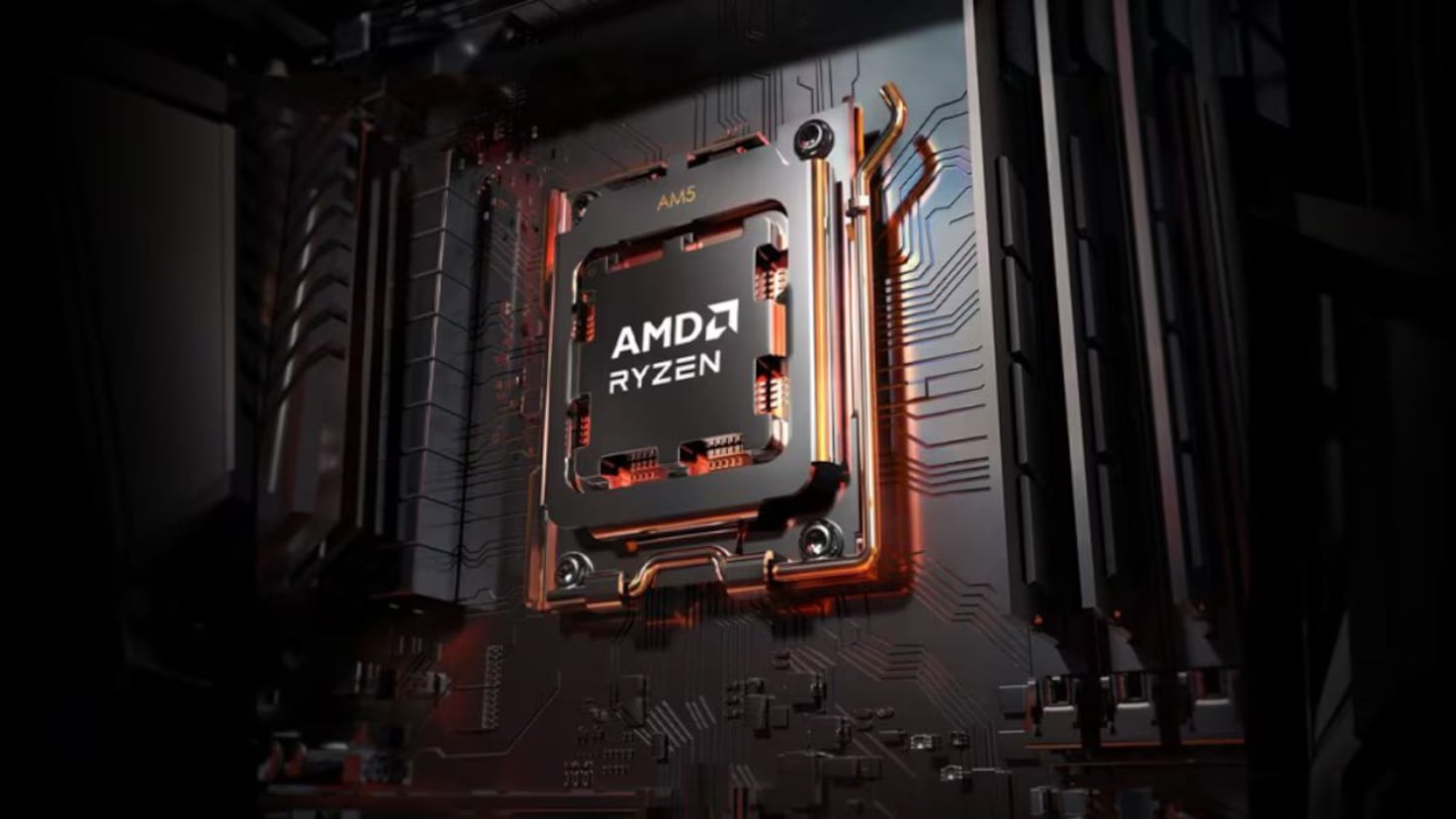Donald Trump has unleashed one of the biggest trade wars ever seen, and the battle between the U.S. and China is entering a new, more damaging phase – and the American tech industry may face the biggest impacts. From chipmakers and software giants to e-commerce platforms and device manufacturers, companies are scrambling to adapt to rising tariffs, export restrictions, China’s growing self-reliance, as well as anti-U.S. sentiment in the Asian giant.
While some firms face immediate losses, others are contending with longer-term structural shifts that could alter global tech dominance for years to come.
Hardware: Chipmakers and device manufacturers under fire
Few sectors have been hit harder than hardware. Recent U.S. restrictions, aimed at slowing China’s possibilities for growth, have barred exports of advanced AI chips to China—a blow to Nvidia and AMD, which are now taking charges against quarterly earnings as a result. Nvidia alone expects a $5.5 billion revenue loss from restrictions on selling its advanced H20 AI chip. The announcement triggered a 6.9% drop in its stock price.
At the same time, China is retaliating to Trump’s actions not only with tariffs but with procurement bans. The Chinese government has effectively barred central and local government agencies from buying computers and servers powered by foreign CPUs. That rules out industry titans Intel and AMD. Of the 18 CPU chips currently approved for official use, none are American-made. Many use intellectual property from the U.K.-based ARM, which may itself be restricted in the future.
The implications for American chipmakers are severe. Intel, for instance, derived 29% of its fiscal 2024 revenue from China. Texas Instruments reported 19%. Chips manufactured in Taiwan by firms like Apple, Nvidia, and AMD are currently exempt from China’s 125% retaliatory tariff, but those made in the U.S. are not.
Apple is particularly vulnerable to the current situation, on both sides of the coin. China is its largest manufacturing hub and also one of its key consumer markets. About 17% of Apple’s revenue in 2024 came from China and Taiwan combined, but sales in the region fell 8% year-over-year. Despite ramping up production in India, which is now estimated at 15–20% of global iPhone output, Apple still relies heavily on China’s massive, efficient labor force and its role in the wider East Asian tech ecosystem.
Any meaningful decoupling will take years, and in the meantime, no matter how much Apple pushes “Designed in California”, the “Made in China” label could become an Achilles’ heel for Apple as tensions deepen.
Software: Beijing’s strategic decoupling targets Windows and Oracle
The trade war’s second front is software, where China is moving quickly to reduce its reliance on American platforms. In 2023, Chinese authorities implemented restrictions on government purchases of foreign software. Now, any new government PC or server cannot run Microsoft’s Windows operating system or Oracle’s database software.
Instead, Chinese agencies must choose from six domestic operating systems and eleven local databases. This strategic shift reflects a broader plan to displace U.S. software from critical infrastructure. It won’t happen overnight, because China’s installed base is vast and deeply entrenched, but it has already started with government procurement.
For Microsoft and Oracle, this signals a slow bleed of influence in one of the world’s largest tech markets. These companies, long accustomed to dominating global enterprise and operating system markets, now face the prospect of being locked out of an increasingly self-sufficient China, which is the second biggest global market by a long way, with forecast GDP of nearly $20 trillion compared to third-placed Germany’s $5 trillion.
Anti-U.S. sentiment is likely to only accelerate China’s move to domestic software products.
Web and advertising: Moderate exposure, but new risks
American internet giants have historically had limited reach in China, where platforms like Google Search, YouTube, and Facebook are blocked. As a result, Alphabet and Meta are relatively insulated compared to hardware and software firms.
However, the trade war still presents risks. Meta, for example, earned 11% of its 2024 revenue from Chinese companies advertising to global audiences. Alphabet doesn’t break out China-specific revenue, but 16% of its income came from the broader Asia-Pacific region. Any moves by China to limit digital advertising pipelines, or retaliate against American platforms through data regulations or business restrictions, could impact future growth.
Furthermore, U.S. firms dependent on cloud infrastructure in the region could see further limitations as China accelerates development of its own domestic tech stack.
E-Commerce: Amazon’s China dependency under the microscope
While Amazon doesn’t sell directly into China like Apple or Intel, it’s deeply entwined with Chinese manufacturing. According to Goldman Sachs, 20–40% of Amazon’s first-party merchandise costs are tied to Chinese goods. With new tariffs climbing as high as 145%, those costs are poised to skyrocket.
Amazon is already adjusting, canceling vendor orders and reevaluating supply chains, but the scale of its marketplace makes full realignment a massive task. There’s additional uncertainty around its third-party business, which made up 37% of Amazon’s retail sales in 2024. Unlike first-party inventory, Amazon has less control or insight into where third-party sellers source their products. That opacity leaves investors and analysts in the dark.
And with the Biden administration signaling further tariffs on smartphones and PCs could be coming, Amazon’s long-standing dependence on low-cost Chinese electronics may face yet another challenge.
U.S. and China’s tech relationship: A strategic realignment in motion
The U.S.–China trade war is no longer a short-term issue of tariffs and temporary retaliation. It has become a long-term structural conflict over technological dominance, supply chain control, and national security. For American tech companies, this means:
– Rethinking manufacturing bases (Apple shifting to India, Nvidia and Intel investing in U.S. fabs)
– Diversifying markets (Microsoft and Oracle pursuing more in Southeast Asia and Africa)
– Preparing for decreased Chinese revenue due to nationalist consumer behavior and procurement bans
– Facing higher costs as tariffs raise prices on goods and components from both sides
The full impact is still playing out. What’s clear is that the golden era of tech globalization, with China as both factory and customer, is under serious threat.
Get your game on! Whether you’re into NFL touchdowns, NBA buzzer-beaters, world-class soccer goals, or MLB home runs, our app has it all.
Dive into live coverage, expert insights, breaking news, exclusive videos, and more – plus, stay updated on the latest in current affairs and entertainment. Download now for all-access coverage, right at your fingertips – anytime, anywhere.


